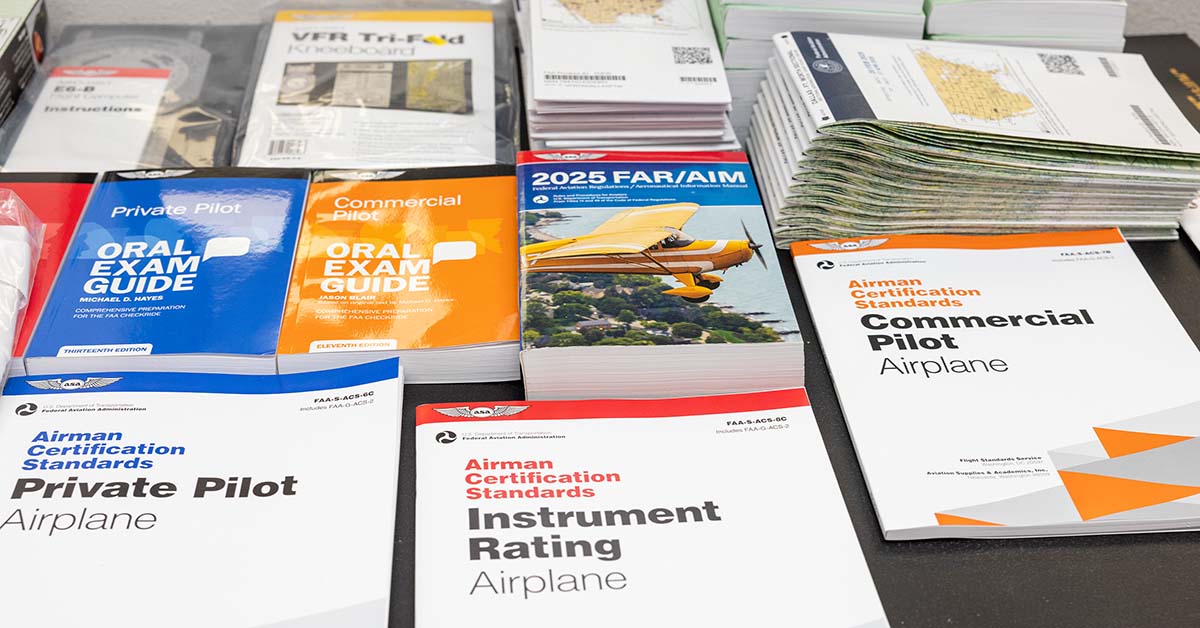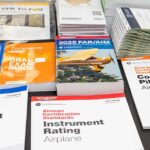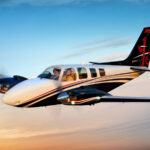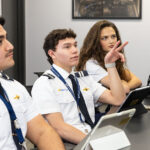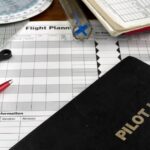By Mike Bliss
We are all familiar with the fact that the FAA issues pilot certificates and Instrument Ratings. What might be less known to those working their way through the different levels of certification is the Type Rating. We know that a Private, Commercial, or ATP pilot certificate comes with a category and class rating. If a pilot possesses, for example, a Commercial Airplane Multi-Engine rating, does that qualify them to fly every multi-engine airplane out there? The answer is no, and that is where the Type Rating comes into play.
Because certain aircraft have much more advanced systems and performance characteristics, the training requirements to fly those aircraft exceed those needed to obtain the basic category and class privileges. Any aircraft with a maximum gross takeoff weight over 12,500 pounds requires a Type Rating. In addition, with a few exceptions, any turbojet-powered aircraft also requires a Type Rating.
A Type Rating is a privilege added to the pilot certificate that allows the pilot to serve as PIC for that specific type of aircraft. It can be added to a Private, Commercial, or ATP certificate. Although it is possible for a Private Pilot to obtain a Type Rating, a pilot needing one will almost always hold at least a Commercial or ATP certificate.
The training required to obtain a Type Rating is not generic, but is designed to prepare the pilot to be PIC of a specific aircraft make and model, such as a Challenger 3500, Boeing 737, or DC-3. Many airline transport aircraft have several sub-models within the same model number. For example, a Boeing 737 can be a model 300, 600, or MAX 7, to name a few.
If a pilot earned a 737 Type Rating in one model and moves into a different model of the 737, they must complete what is called “differences training” rather than obtaining an entirely new Type Rating. Even though the airframe and many systems are the same, there are enough differences in engines and systems between various models of Boeing 737s that additional training is required on those specific differences.
Obtaining a Type Rating is much like earning a pilot certificate in that it requires ground school, flight and/or simulator training, and a checkride. The ground school is usually quite in-depth because of the complex systems involved in these advanced aircraft.
The hands-on training typically takes place in flight simulators. In fact, it is not uncommon for the first time an airline pilot flies the actual airplane to be with passengers on board. This can be done safely because modern multimillion-dollar simulators precisely replicate the systems and performance of the actual aircraft. For this reason, the checkride usually takes place in the simulator as well.
Because there are so many different aircraft that require a Type Rating, it is impossible for any one location to provide training for all aircraft types. Airlines usually provide training in their own training centers. For private or corporate aircraft, there are various training centers around the country that possess the required simulators for one or more aircraft types.
The pilot locates a training center authorized to provide instruction for the desired type and travels there for several days to complete the ground school, simulator sessions, and checkride. As can be imagined, Type Ratings are expensive, usually starting around $10,000 and going up from there.
Like an Instrument rating, Type Ratings do not have an expiration date. However, there are currency requirements that must be met to exercise the privileges of the rating. There are basic requirements to operate as PIC carrying passengers, such as three takeoffs and landings within the past 90 days in the same type of aircraft.
If operating under FAR Part 135 or 121, there will also be recurrent training and proficiency checks required by the operator, usually every six or twelve months.
Whether or not a pilot will ever have the need to obtain a Type Rating, this emphasis on training reminds us of the importance of continual learning. Whether flying a Cessna 172 or a Boeing 747, every pilot should adopt a professional attitude about staying current.
It is important to remember that there is often a big difference between being legally current and actually being proficient in handling any situation that arises. For example, if you own or operate a multi-engine airplane that you fly regularly, when was the last time you practiced engine-out procedures or the loss of critical systems? Even though a Type Rating may not be required, there is no substitute for a professional approach to ongoing training in whatever aircraft we fly.




